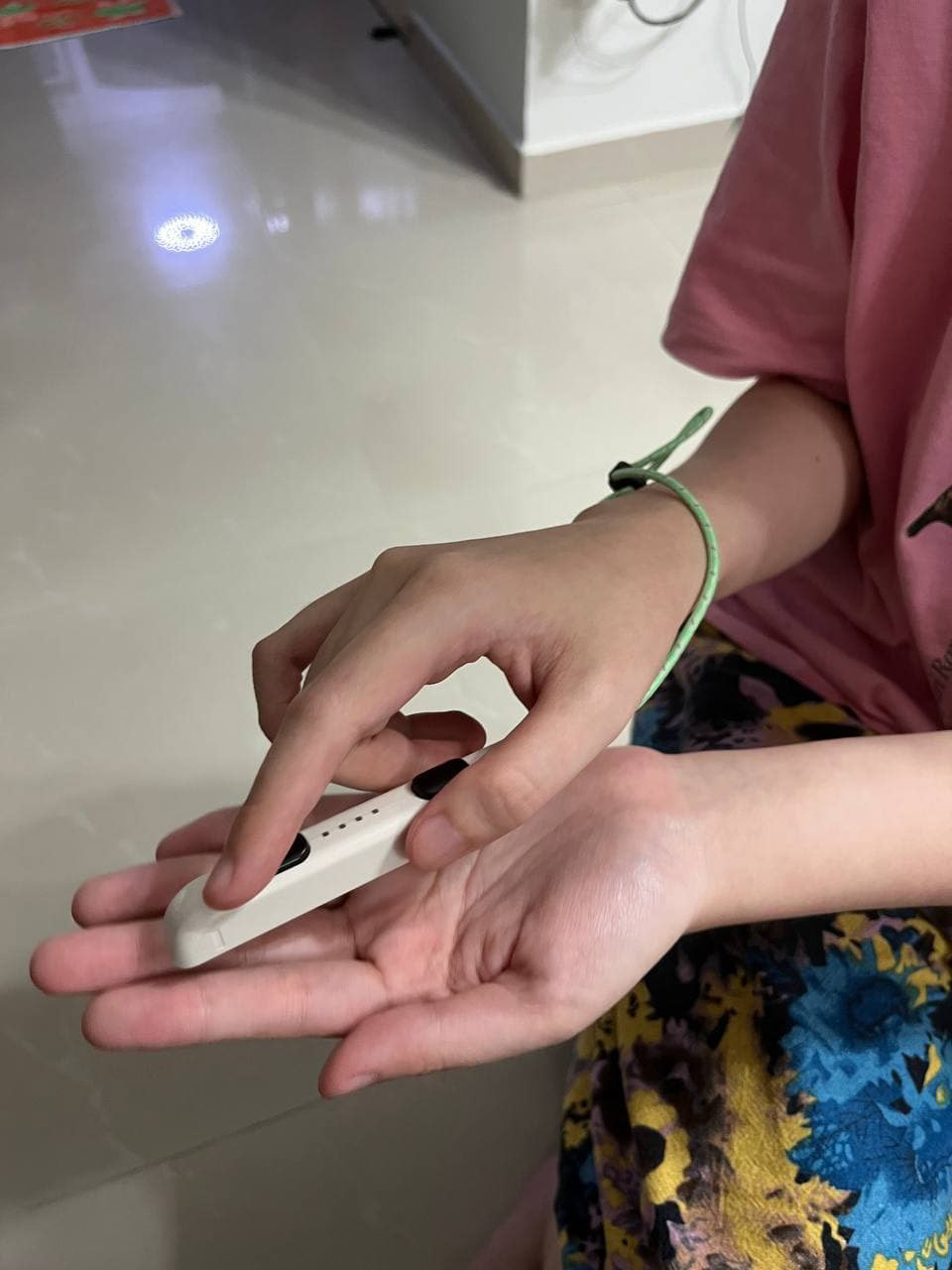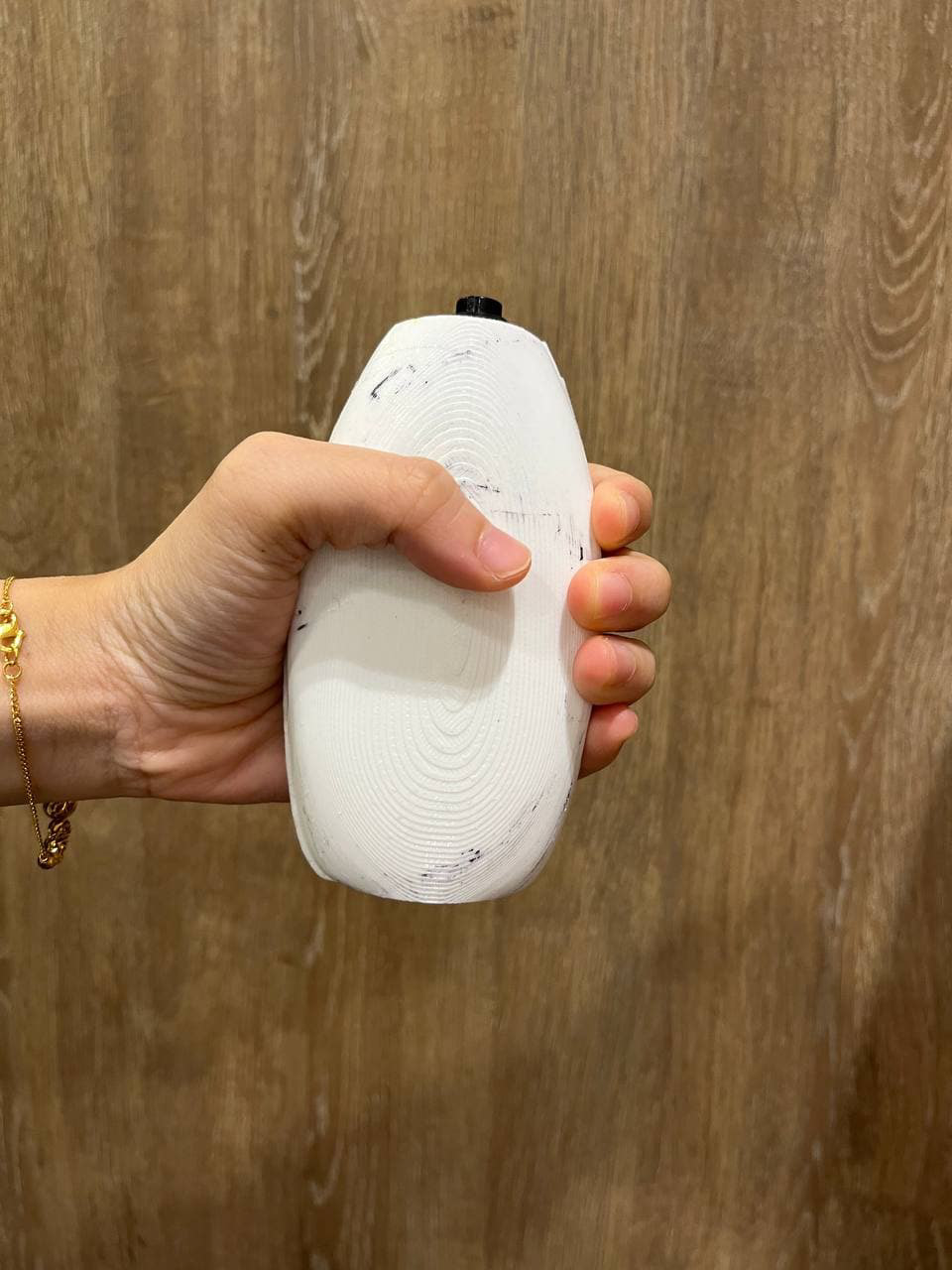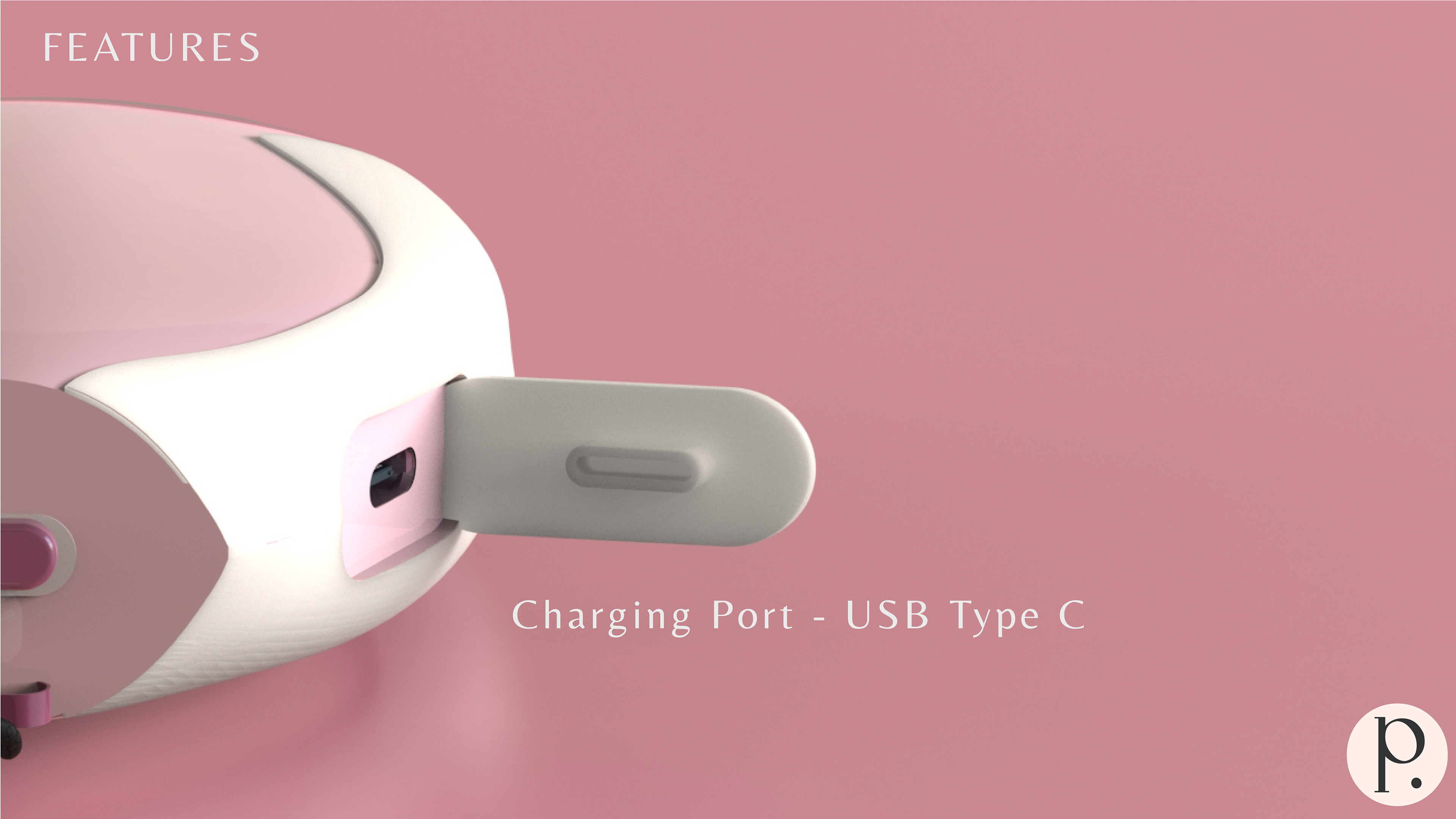The problem
A big, unseen issue
There is a heightened awareness towards FemTech, but very little attention is given towards visually impaired women on how they can better monitor their cycle and be aware of what is happening to their body during their menstruation.
Concurrently, there is a lack of existing product that provides visually impaired women a better understanding of their menstrual blood
Observation
Understanding the challenges and habits of visually impaired women
Interviews among four visually impaired women were undertaken to better empathise with them and understand the challenges they faced. Based on the interviews gathered, 3 out of 4 of them experience difficulty in being certain of their start and end of menstruation and all of them were unaware of that their menstrual blood colours could signify an issue for their health.
All of them find it troublesome to wash clothes due to their limited vision and thus find the use of recycleble pads and period undergarments an inconvenience.
Touch Points
Task Analysis
A journey map of four visually impaired users was undertaken in order to understand their emotions at each step of their menstruating experience. This is to discover more opportunities to better design a more positive menstruating experience for them. A key problem of safety and portability was discovered, where partially sighted people felt that it may be difficult to keep the product at home, in their bags/pouch and if they were to travel.
THE TASK:
How can we design a tool to empower visually impaired women in understanding their menstrual cycles better through the analysis of their menstrual blood colours?
Important design features
Features I want in my desired product
Based on the journey map and the needs of four visually impaired users, queries and important design features were highlighted to ensure safety and easier portability for the user for a better experience in using the product. As such, I've decided to go with a handheld device for my users to achieve these outcomes.
Moodboard
CMF & Form
Investigating more considered and minimal forms, with smooth, tactilely beautiful finishes. Also looking into products that are soft and feminine with concealed and integrated interaction touchpoints, and a more natural physical interface.
Sketches
Key design considerations
Sketched out a few iterations of a handheld device that brings out the desired outcomes. This is to better visualize the many possibilities of the design of the device.
Prototyping
User-testing & function
The form of the device would be largely dictated by how the user respond to it, their preferences and the type of technology used, so prototyping was undertaken using many different sensors and forms of feedback on the appearance to test accurate and reliable tactile responses and sensor data. From that, the next step was physical development including testing intuitive forms for visually impaired people to discern by touch, with a non-medical appearance.
These forms were tested by visually impaired users. Rounder shapes and vertical way of holding them are much preferred by the user.





Technology designed
Identify & Analyse different menstrual blood colours
I programmed my own code using arduino which allows for a menstrual blood sensing technology. The technology programmed is firstly facilitated to identify the presence of menstrual blood, as shown in the video below. Five different menstrual blood was taken on different days from different women. The device would give long vibration to indicate presence of menstrual blood and short but frequent vibration to indicate white or clear fluid.
The analysis of distinct menstrual blood colours is adapted using paint colour device such as Nix colour sensor where it is able to detect distinct paint colours and connect via blutooth to the phone for users to access.
Period.
1:1 scale model
The project ended up as a rounded and comfortable handheld device, consisting of a central sensor unit at the bottom, and LED lights to facilitate better colour sensing technology. All interactions with the units have been taken with touch into consideration. At any given point, by running a finger down the button, the user can detect the state of the system, whether it's on or off. The colour, material and finishing is thought thoroughly for user to grab onto the device firmly and use it with ease.



Inner workings
Compact Form Factor
The internals were designed to be as compact and with the smallest silhouette possible. LIDAR sensors are small and require minimal power, so with utilising BLE chips and low-power microcontrollers, a comfortable days use at minimum can be expected, with an 80mah battery and charged via 3.5mm jack.
Mobile Application
Its complete companion
A major part of the project is the result of the user's menstrual blood colours which is highlighted with the use of the mobile application that comes with the device. It is accessible to Voiceover to make it more friendly towards visually impaired users. It comes with three complementing features to provide a more comprehensive understanding of the user's menstrual cycle and when the blood discharge should be a cause for concern.